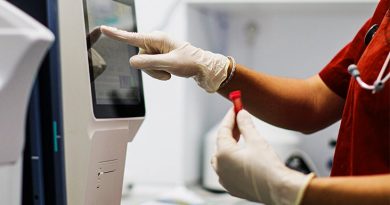Tissue model reveals key players in liver regeneration: By tracing the steps of liver regrowth, engineers hope to harness the liver’s regenerative abilities to help treat chronic disease
The human liver has amazing regeneration capabilities: Even if up to 70 percent of it is removed, the remaining tissue can regrow a full-sized liver within months.
Taking advantage of this regenerative capability could give doctors many more options for treating chronic liver disease. MIT engineers have now taken a step toward that goal, by creating a new liver tissue model that allows them to trace the steps involved in liver regeneration more precisely than has been possible before.
The new model can yield information that couldn’t be gleaned from studies of mice or other animals, whose biology is not identical to that of humans, says Sangeeta Bhatia, the leader of the research team.
“For years, people have been identifying different genes that seem to be involved in mouse liver regeneration, and some of them seem to be important in humans, but they have never managed to figure out all of the cues to make human liver cells proliferate,” says Bhatia, the John and Dorothy Wilson Professor of Health Sciences and Technology and of Electrical Engineering and Computer Science at MIT and a member of MIT’s Koch Institute for Integrative Cancer Research and Institute for Medical Engineering and Science.
The new study, which appears this week in the Proceedings of the National Academy of Sciences, has identified one molecule that appears to play a key role, and also yielded several other candidates that the researchers plan to explore further.
The lead author of the paper is Arnav Chhabra, a former MIT graduate student and postdoc.
Source: Read Full Article



